By Alex Ritman
(According To The variety) In live-action filmmaking, a continuity error may be very annoying, but is usually straightforward to fix — simply reshoot the scene again. In the painstakingly slow world of stop-motion animation, where seconds of footage can take months to shoot, it can be something of a headache. So when Claude Barras realized that that he’d filmed several segments of his new film, “Savages,” with his lead character, the teen girl Keria, not carrying the rucksack she’d had on earlier in the story, he had a problem.
In the end, and following a lengthy brainstorming session, the addition of a large farting monkey proved to be the perfect solution.
“We decided that the monkey was going to steal the bag and give it back to her,” Barras explains. And while the loud accompanying fart may not appear entirely necessary, it also served a purpose. “We wanted to introduce a bit of humor, because the film is obviously quite dark,” he says.
“Savages,” which screens in competition in Annecy (it screened out of competition in Cannes), arrives eight years after Barras’ critically adored directorial debut, “My Life as a Zucchini,” which bowed in the 2016 Cannes Directors’ Fortnight. It went onto international acclaim, picking up two Cesar awards and an animated feature Oscar nomination.
Like “My Life as a Zucchini,” “Savages” is an animated visual spectacle, with adorable, wide-eyed characters living in a sumptuously colourful world. Also like Barras’ previous feature — about a young boy sent to an orphanage — it packs a sizable emotional punch, both in the story and the way it’s told.
Taking inspiration from his grandparents, who lived around nature in the Swiss Alps, Barras set his tale — for which he started sketching ideas while on the year-long tour with “Zucchini” — in Borneo, on the edge of a rainforest in process of being destroyed. There’s conflict between loggers and local tribes, between Keria and her father, who works for a palm oil plantation, with her younger cousin Selaī, and with herself and her own nomadic roots. And in the middle of it all, there’s a baby orangutan called Oshi.
It’s a much bigger world than that of “Zucchini,” with Barras noting that there are “more characters, a lot of animals, and a lot of outdoor locations, all of which required a lot of extra work.” Around 300 people were involved in the production, which he estimates cost around $14 million (more than “Zucchini,” but at 20 minutes longer, still the same cost-per-minute).
During the making of “Savages,” Barras became a parent, which he says took him away from the production, with his focusing more on the puppet-making and some remote art direction. His daughter is now two-and-a-half, and Oshi the baby orangutan — a creation screaming out for a “Shaun the Sheep”-style spinoff — is now her favorite character.
“Savages” arrives during what feels like a purple patch for stop-motion animation, with Brit powerhouse Aardman last year releasing its long-awaited “Chicken Run: Dawn of the Nugget” and now readying another “Wallace & Gromit” feature, and “Guillermo del Toro’s Pinocchio” winning the animated feature Oscar in 2023.
For Barras, whose puppets would lose much of the charm without their lovingly handmade aesthetics, despite the advances in 3D animation (which he says can now make something look like it’s stop-motion), there’s a growing interest in his preferred technique.
“Maybe it’s a paradox, but I feel that stop motion is for people who really like to let go, while 3D is for control freaks,” he notes. “Because with 3D you can endlessly redo and make something better, but with stop-motion, you make things, you put things together, you place the light and then you shoot, you can’t do endless takes.”
And with 3D animation, you wouldn’t need to add any farting monkeys.
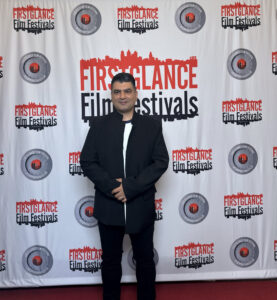







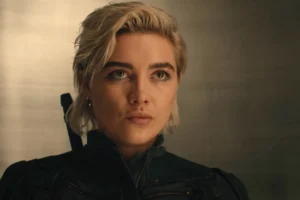

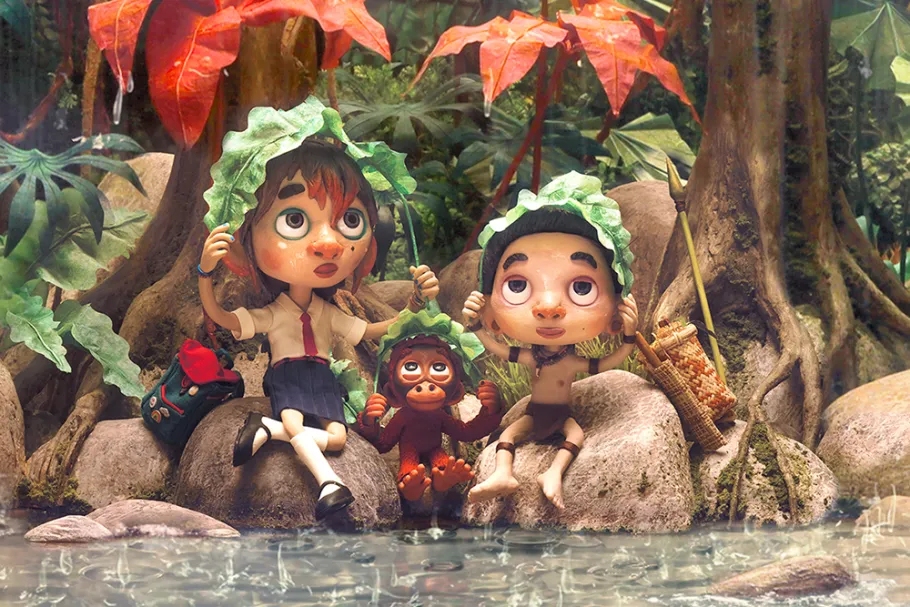
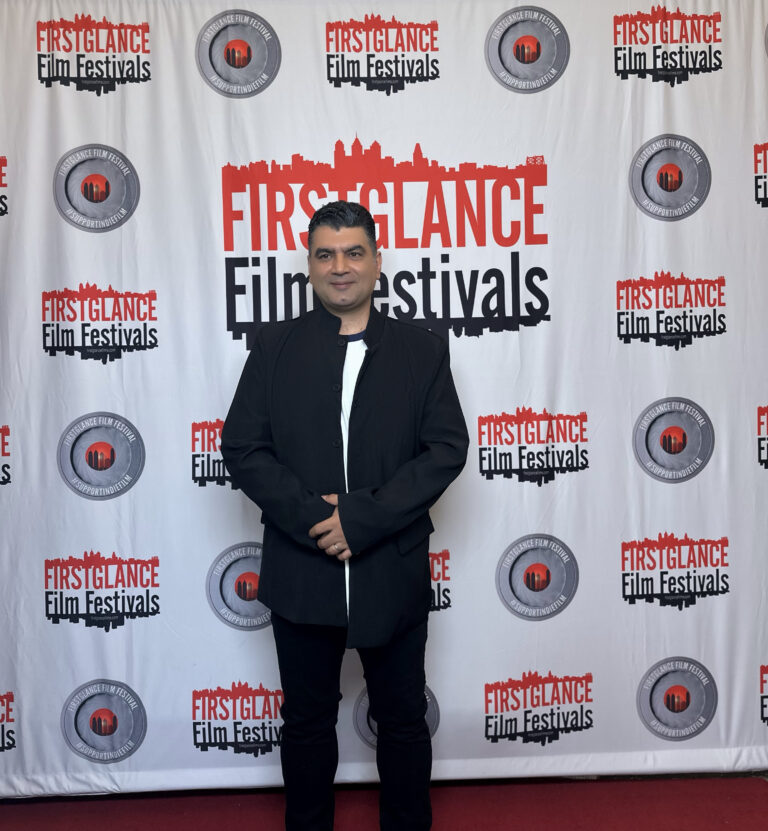


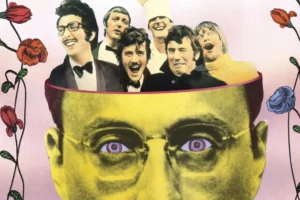

+ There are no comments
Add yours